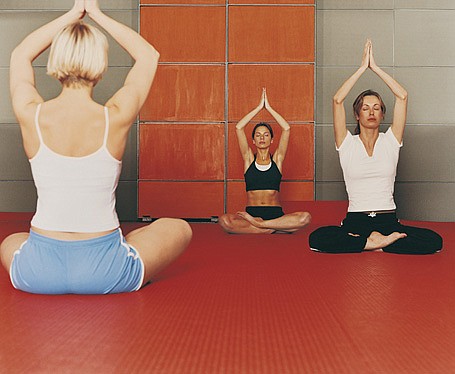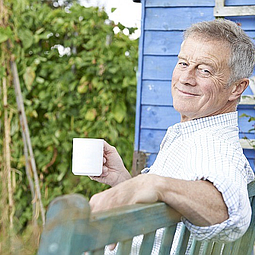Posture! Posture! Positions to avoid to keep osteoporosis away
March 1, 2012 at 9:28 a.m.
As people get older, their bones become more susceptible to thinning in the tissue known as osteoporosis. Luckily, osteoporosis and elderly bones do not need to go hand in hand. As most people know, even older folks can prevent osteoporosis by eating a diet high in calcium and other minerals. What is less well-known is that people's posture has an impact on their likelihood of developing osteoporosis and the severity of symptoms if they do.
One of the symptoms of osteoporosis is a forward curve to the spine, which, for those collecting big ticket words for Jeopardy, is known as kyphosis. Improving posture can help prevent this. Proper, upright posture keeps the bones in the back in alignment. When the spine is properly aligned, it evens out pressure on the vertebrae. This is good, since uneven pressure can lead to crushed bones if those bones are becoming porous. What is proper posture? Picture a straight line that goes between the ears, through the shoulders to the hips. To achieve this, start at the bottom, and work your way up. Make sure body weight is even throughout both of the feet -- that is, you can feel all corners of the foot (balls and heels) pressing evenly into the floor. Moving up, do a quick check at the knees, making sure they are just slightly bent and not locked out. Going higher, give some focus to the hips. They should be tucked under, not pushing out behind. To do this, engage the core by pulling in the belly button towards the spine and pulling the hips forward just slightly. Now move up a little more to the shoulders -- roll them up, back, and finally down the back so that the shoulder blades are pulling down. Finally, the neck. Now that the shoulders are down, the neck has plenty of space to lengthen fully. To finish, imagine a string attached at the center of the top of the head -- and that string is pulling up, lengthening the neck and spine. It sounds complicated, but this quick check only takes a few seconds, and getting each part of the body in line at a time is good practice to making good posture second nature.
To keep good alignment once it's been established, there are a number of movements to be aware of. First of all, no slouching allowed. Avoid twisting to the side when doing chores such as yard work or vacuuming. Avoid twisting movements that overextend your spine. People who already have broken bones from osteoporosis, need to be extremely careful to avoid exercises that put pressure on the back like crunches or sit-ups.
There are a number of different factors that can raise a person's chance of bone loss. Maintaining proper posture and knowing the signs of osteoporosis are the first step in reducing how those factors affect the bones.
Content Provided by Spot55.com





